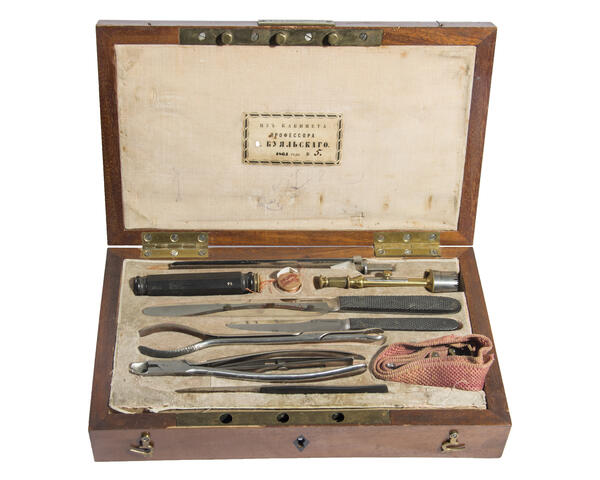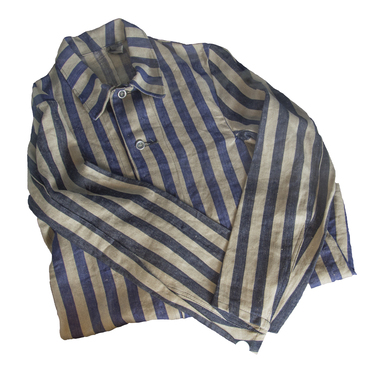A talented Russian surgeon Ilya Buyalsky was born into a priest’s family in the village of Vorobievka, Chernigov Governorate in 1789. After graduating from the district school and theological seminary, he entered the Moscow branch of the Medical and Surgical Academy in 1809. In his second year, Buyalsky transferred to the St. Petersburg Medical and Surgical Academy. In 1814, he graduated, obtained a prosector qualification, and then became a professor. In 1823, Buyalsky wrote his doctoral thesis on aneurysms — bulging of an artery wall.
The Buyalsky’s work ‘Anatomical and Surgical Tables Explaining the Performance of Large Arteries Ligation’ was a serious contribution to the development of vascular surgery. This work was published in 1828, and it became the first Russian atlas on topographic anatomy and operative surgery. Buyalsky urged to treat the tissues with due care and not to damage them, as well as recommended to prioritize the interests of the patient. He suggested using an instrument when performing surgeries on blood vessels that would move tissues without damage — an oval spatula with a smooth surface and blunt edges. This instrument, known as Buyalsky’s spatula, is still used by doctors today.
Ilya Buyalsky was collecting medical rarities for a long time. Today his collection is kept in the Military Medical Museum. One of the exhibits in the “Buyalsky”s Office’ is a battalion set of surgical instruments made by Savigny & Co. The set consists of 10 instruments and a spool of thread. They are stored in a polished birch box. On the lid of the box there is a brass plate engraved with an inscription ‘Battalion Set’ and a sticker ‘From the Professor Buyalsky”s Office of 1864 No. 6’. Almost all instruments are labeled ‘Savigny’.
The set includes a dissecting blade saw designed for sawing bones of cadavers, a circular trephine saw for craniotomy, as well as an amputation knife which is used to amputate limbs and dissect corpses. The second knife in the set is a resection knife, it is used to dissect dense tissues of ligaments and cartilages. A bellied scalpel is intended for dissection of soft tissues. In addition, the set includes locking tweezers, a long tissue fixation strap and two types of cutting forceps for cutting small bone spurs — one with needle jaws and another with curved ones.
Experts considered some of the materials used for making the set to be unusual. Instrument handles are made of ebonite — a hard, inelastic rubber. Some instruments are engraved with numbers and the company name. The inside of the box is lined with pink velvet. The problem is that fabric, engravings on instruments and ebonite create a suitable environment for bacteria to grow. However, until the end of the 19th century, doctors had no idea about asepsis and antiseptics — the instruments were not sterilized in any way — therefore, the manufacturer of the set could not oversee the potential danger of such materials.
Ilya Buyalsky’s surgical instruments set
Время создания
1864
Размер
31x42 cm
Техника
metal, ebonite, wood, velvet
Коллекция
3
Открыть в приложении#4
Ilya Buyalsky’s surgical instruments set
#2
#3
Ministry of Culture of the Russian Federation
читать дальшескрыть
00:00
00:00
1x
Ilya Buyalsky’s surgical instruments set
Время создания
1864
Размер
31x42 cm
Техника
metal, ebonite, wood, velvet
Коллекция
3
Открыть в приложении
Поделиться



